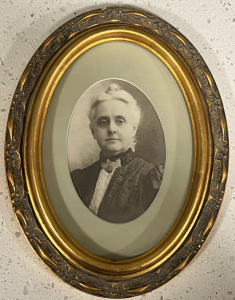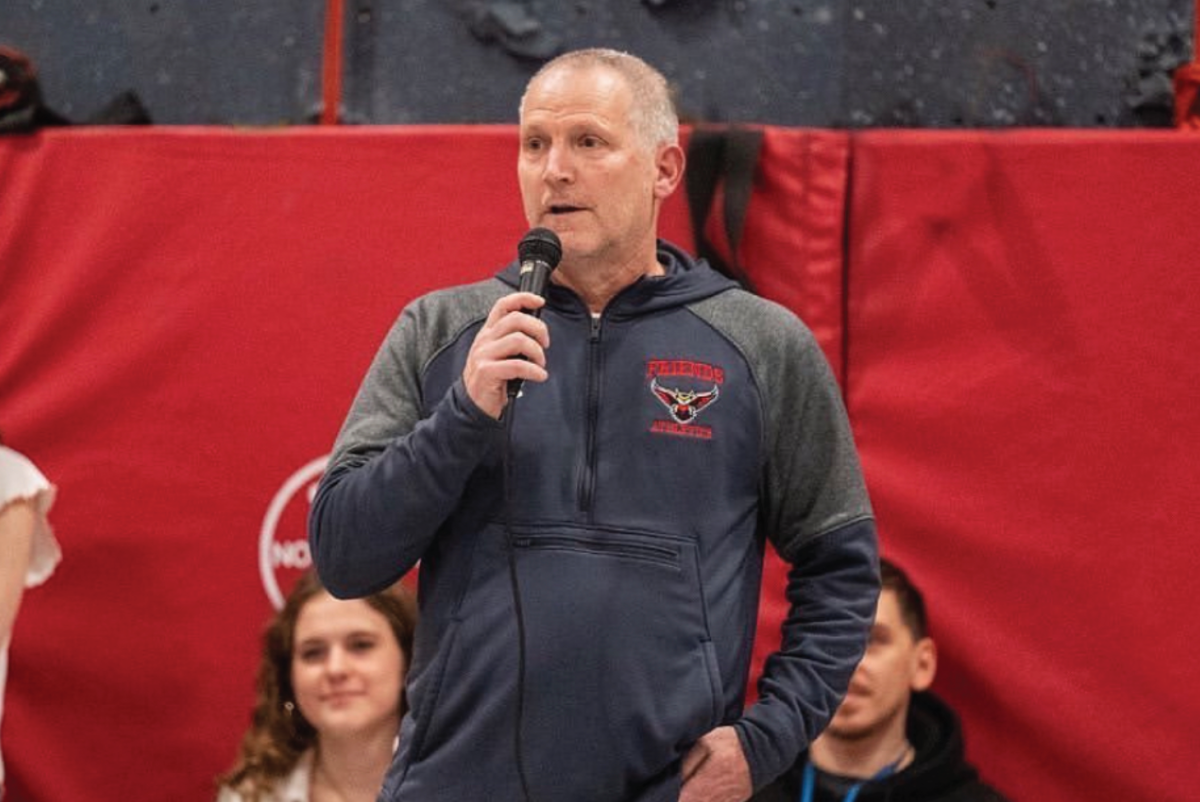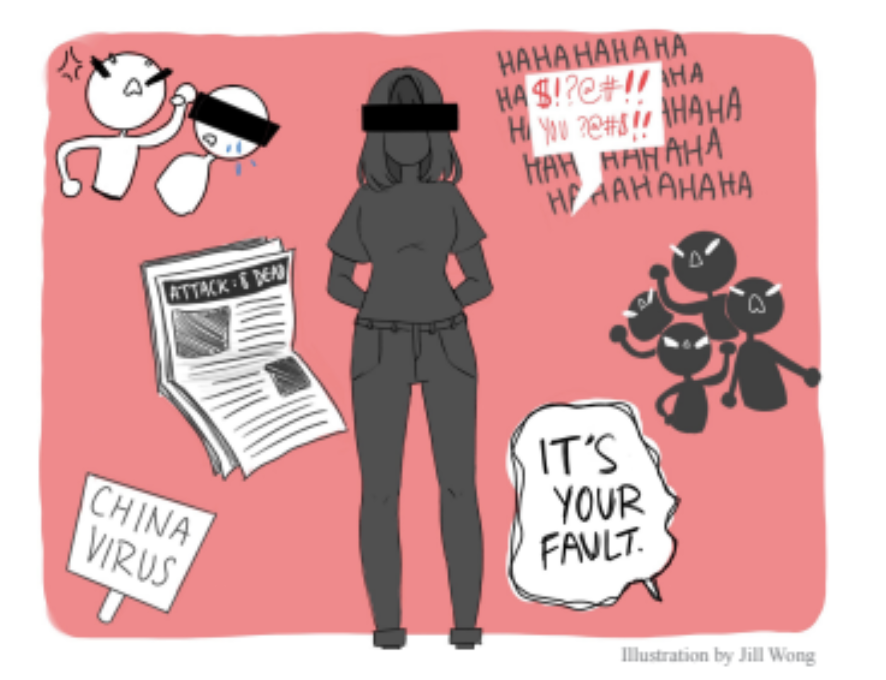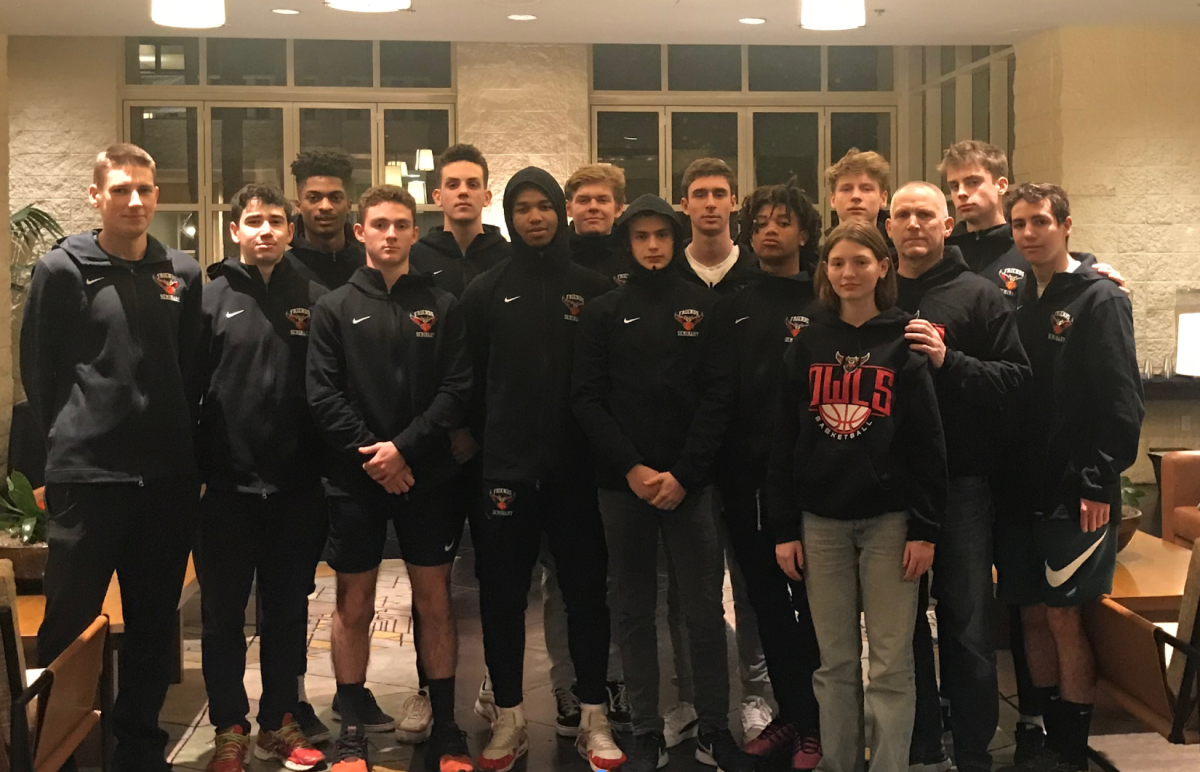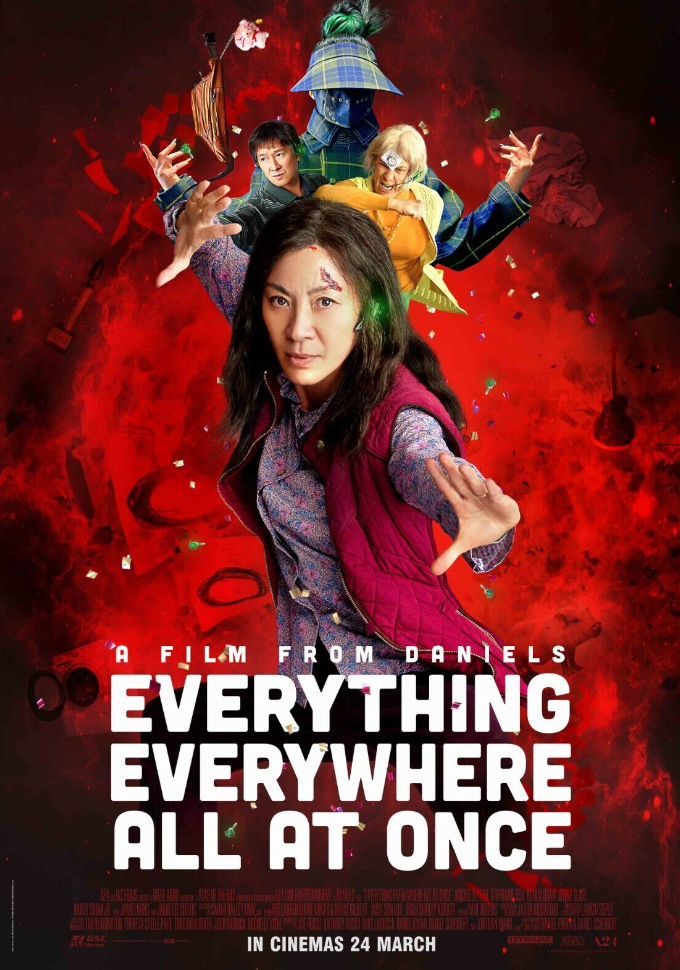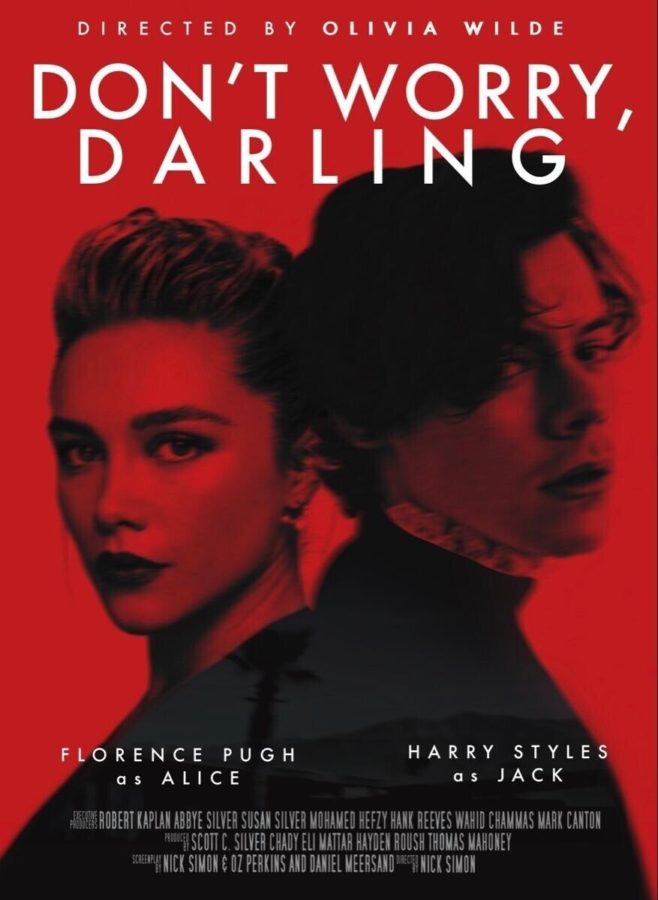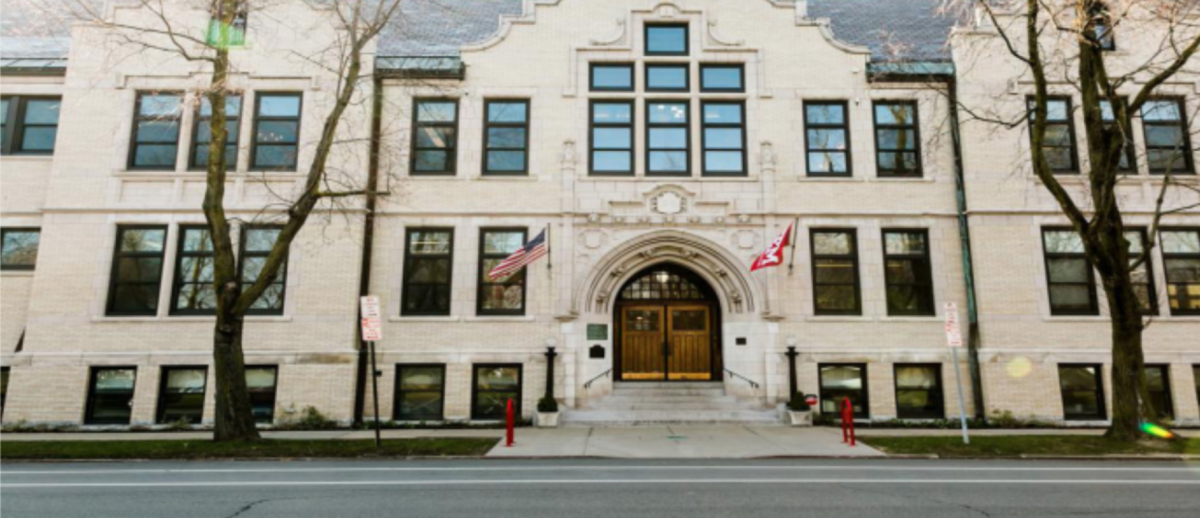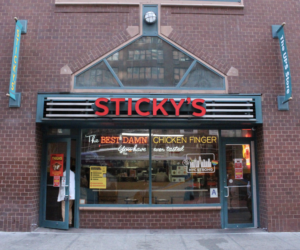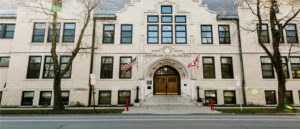Anyone who passes by Friends Seminary is made aware that the school was “Founded 1786,” as the banner flying above 16th Street says, but few know much beyond that. Friends Seminary, once the Friends’ Institute, was founded by the Religious Society of Friends after a $200 grant was given by Robert Murray, a Quaker shipping merchant who lived on 37th Street in what is now Murray Hill. Much of Friends Seminary’s history is lost in the yellowing pages of yearbooks, in letters, photographs, programs, and editions of the Friends newspaper which has been known by many names, from The Quaker Shaker to The Oblivion, before its current title: The Insight. This article is the first in a series of articles concerning the history and archives of Friends Seminary. In this series, The Insight will explore the history of Friends Seminary through a variety of sources from the school’s archives.
On October 3, 1862, an article titled Friends Seminary was published in the corner of Page 3 of the New York Times. The school building itself is described as “most substantial and commodious” and was said to be equipped with a lecture room and a laboratory with an array of devices. The “main hall” housed maps, charts, electrical machinery, an air pump “of mammoth dimensions,” and a model steam engine. Friends Seminary’s educational practices in the late nineteenth century appear to be fairly similar to those that we recognize today. The school was a co-educational system even then, though classrooms were arranged so that “rows of seats” kept students of different sexes separated. The style of teaching was also mentioned to be “more parental” than other schools at the time. The “academic department” was “plain,” and excluded any equipment “not associated with highest utility.” However, it is noted that, on “handsome bronze stands,” “great” globes were mounted on the Principal’s desk.
The idyllic surroundings of Friends were characterized by a “trim meeting-house yard,” spreading in “peaceful repose beneath the southern wall.” Between the school and Fourteenth street there was no structure taller than a fence to interfere with the “horticultural domains” of the area, and every window was deemed “a study of delight.” Like their handsome surroundings, Friends students of the time were said to appear in keeping with “order and good taste.” The newest venture of the school was the development of a “Friends’ Seminar” with classes open to all which became “successful beyond all expectations,” with more applicants than could be accommodated.
Thirty-four years later, Friends Seminary made another appearance in the New York Times. The article, titled Commencement of Friends’ Seminary, recounted the events of the commencement ceremonies in the Meeting House on June 12, 1896. Jane Louise Senman delivered the salutatory, and the valedictory address was given by Eleanor A. Horn. One name stood out from those mentioned in the article, and her portrait may be recognized by those who frequent the Academic Center. Mariana Wright Chapman, whose picture is also kept in a golden frame in Friends’ archives, delivered an address before the presentation of diplomas.
Chapman was born in New York City on March 14, 1843, and was a prominent Quaker suffragist of the time. Her parents, Dr. Aaron Wright and Mary Willets, were both members of the Religious Society of Friends. She attended the Friends’ Institute before her family moved to Springboro, Ohio in the 1850s. In the 1880s, she attended a women’s suffrage meeting and became passionate about the cause. She went on to become the President of the Women’s Suffrage Association of Brooklyn, and a member of the Brooklyn Women’s Club in 1888. She died in Port Washington, New York in 1907.
Friends Seminary’s archives house a vast array of information about the school that raise questions and invite further reflection from anyone who visits them. If we lose touch with these traces of the school’s past, figures like Mariana Wright Chapman or Earle Hunter (of Hunter Hall) become just another name on a community space, or a portrait on the wall. Browsing the archives uncovers student newspaper articles highlighting issues that current Friends students still face, records from past concerts, countless images of students and faculty, and more. The archives, and many of the stories within them, have been long forgotten. This series will bring pieces of Friends’ forgotten history back into the light.
